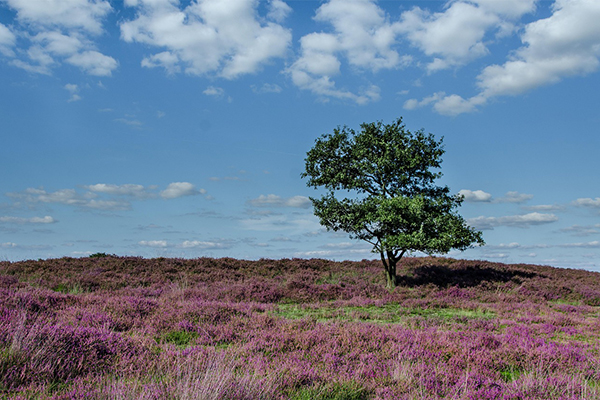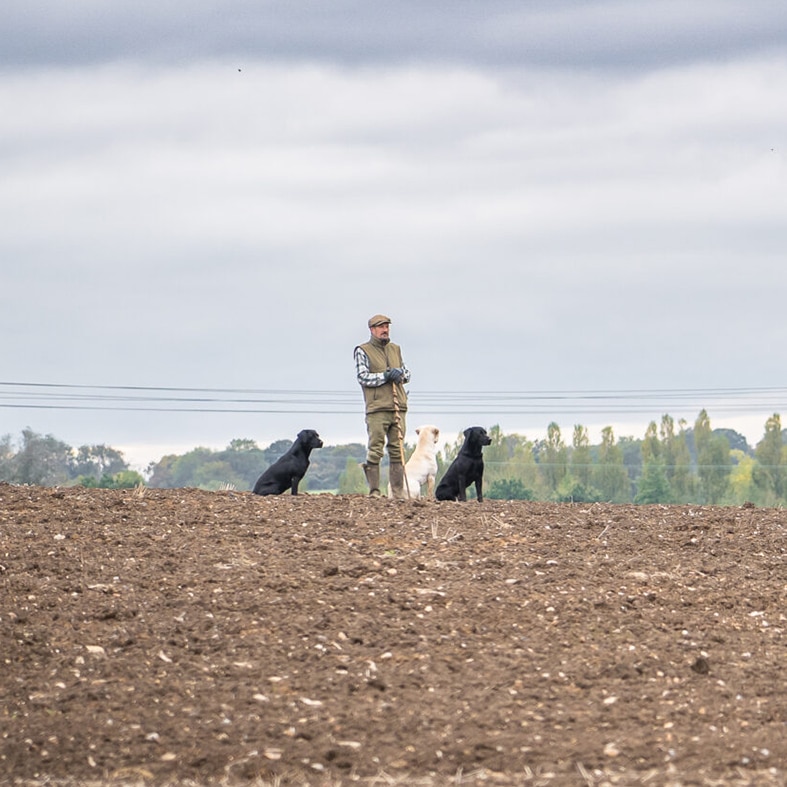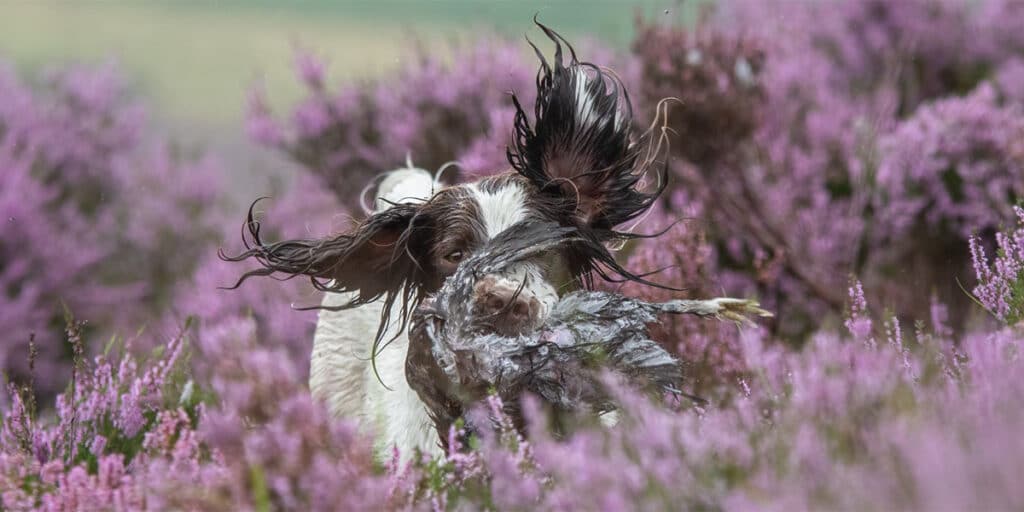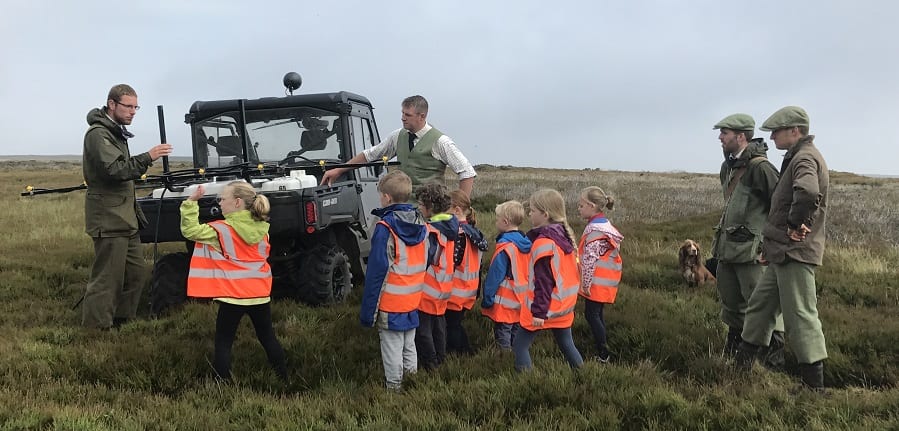
Grouse shooting delivers for Scotland, but muirburn rules risk gains
BASC marks the start of Scotland’s grouse season by celebrating its benefits and warning that muirburn rules could threaten moorland management.
Get information on the legal shooting season for mammals and birds in the UK.
Apply for funding for your project or make a donation today
Comprehensive information and advice from our specialist firearms team.
Everything you need to know about shotgun, rifle and airgun ammunition.
Find our up-to-date information, advice and links to government resources.
Everything you need to know on firearms law and licensing.
All the latest news and advice on general licences and how they affect you.


The value of a well-oiled picking-up team can’t really be overstated. After all, accounting for every bird shot and ensuring each one enters the food chain in the best possible condition should always be the end goal, regardless of the quarry.
How can we improve the chances of achieving that? Well, there’s much to think about and many ways pickers-up can make life easier for themselves and their dogs. We tasked three BASC staff members, with more than 70 years of full-time ‘keepering experience between them, with listing some key considerations in different situations.

When picking up on a grouse moor, there are many factors to consider. And each moor you pick up on will have its own characteristics – from the terrain and nature of access to what the headkeeper expects from the picking-up team.
On a typical day’s driven grouse shooting, all staff will meet at a designated spot and be briefed on the schedule for the day. At this briefing, the headkeeper might explain where he’d like the pickers-up to be positioned on the first drive. This role might also fall to a person appointed to run the picking-up team. Before each drive throughout the day, the same person will usually discuss where each member of the team needs to be.
On a grouse moor, you will normally take up positions several hundred metres behind the butts, where you will be out of shot but well-placed to see birds coming through the butts and take a mark on any that drop a long way back; I’ve seen grouse carry for 600 metres on a strong wind before dropping dead in the heather.
Once the horns have been blown to signal the end of the drive, the pickers-up will work their dogs towards the butts, then sweep up and down the butt line.
Standing a long way back is not always possible on smaller moors or if you are doing a return drive to the same line of butts, as you would be encroaching into the next drive. In such cases, alternative positioning will be explained by the headkeeper and a plan made to ensure all ground is covered.
As with any type of picking up, accurate marking of birds is vitally important – the less time you are working the dogs, the better – particularly on hot days early in the season. Good communication between Guns and pickers-up is paramount; hunting for a bird that doesn’t exist is not only frustrating and time consuming but also tiring for dog and handler.
Scenting conditions on heather moorland can sometimes be difficult, even for experienced dogs, so as well as an accurate mark, it is important to give your dog time to cover the ground thoroughly, working into the wind before moving on.
Dry weather can render scenting conditions poor. The same goes for when the heather is in bloom and heavy with pollen.
We can’t overlook the physical aspect of picking up on a grouse moor. The level of fitness required for both dog and handler is considerable. On some moors where access with vehicles is limited, you could be walking most of the day – in hot conditions and over steep and uneven ground. My first full-time position was as a beatkeeper in Aberdeenshire just outside Braemar, and I thought I was reasonably fit until after the first day on the hill!
Then there’s the weather. As anyone who has spent time in the uplands will know, you can be hit with all four seasons in one day, so make sure you have clothing, food and drink to cover any eventuality. It’s always better to have it and not use it.

As a former pheasant and partridge keeper and someone who enjoys picking up with my own team of dogs, I appreciate how much of an essential asset a hardworking and effective picking-up team is to any gamekeeper or shoot captain.
There are lots of views on what dog breeds should be used for various situations, but to me it’s a personal thing and more to do with the dog’s ability. Everyone expects to see traditional breeds, but I’ve seen a rottweiler and various terriers being used to good effect on shoots. The important thing is that the birds are found and delivered back to the handler with minimal damage.
Good planning at the start of the day is key to effective picking up. Knowing which drives will be done, and in which order, is obviously crucial.
Knowing where the game cart will be positioned on each drive is also key, as getting the birds back to the chiller in a timely manner should be a priority, especially on warmer days.

Teamwork makes the dream work, so the saying goes, and this couldn’t be truer when picking up. Not only do you have to have a good team of dogs working with you to cover a certain number of Guns, but as a picking-up team it’s about accounting for all the birds shot during the drive. Having a strategy for each drive which covers the whole Gun line but also allows the team to watch for birds falling a long way back, is good practice. And there is only so much time between drives before having to move on to the next, so it’s worth offering to help others who have lots of birds to look for or a challenging piece of ground to cover before heading back to base.
We also must remember that the weather can influence how birds might fly, both in distance and direction, so being adaptable to different conditions is vital.

During my time as a keeper in Norfolk, I took on a number of roles associated with that very special gamebird, the grey partridge. Always a highlight for me, however, was picking up on a driven day.
Presenting these birds so they starburst over a hedgerow to a line of waiting Guns is something of an art; fortunately, picking them up is pretty straightforward by comparison and not dissimilar to other types of game shooting – although there are a few things to consider.
Picking up in the autumn months, the weather can be very variable, and this was always something we were conscious of when working the dogs. A good fitness regime for the dogs in the weeks prior to the first shoot day is a good idea, as is ensuring you have plenty of water with you when those days arrive.
In warm and sunny weather, I would only take those dogs that I would be working and never leave a dog in a vehicle; in such conditions, it’s better to take the right number of dogs and leave the others at home for another day.
I find up to about five dogs is right for me, as I can send alternate dogs for specific retrieves, rest others and then sweep up with all of them – but that doesn’t mean that someone with fewer dogs is less effective. Ultimately it is about everyone working as a team.
Of course, we have to think about ourselves as well as our dogs, and dressing to suit the weather is a good place to start. That might be as simple as remembering a cap to shade your head, packing waterproofs, or ensuring you are wearing a muted shirt in case a cool day quickly turns warm and you have to dispense of a layer or two. After all, no one wants to be accused of turning birds back because their white shirt sticks out like the proverbial sore thumb.
Generally, on a driven wild partridge day we would have three (more, if required) pickers-up positioned well back who, between them, can see everything and any birds that may carry on and then suddenly drop. They would then work their way forward after the drive, towards the Guns. Other pickers-up would often stand on the flanks of the Gun line or sometimes with the Guns, before sweeping up around them after the drive. With a good team shooting, there are often birds in front as well as behind the line.
It is important, when picking up around the Guns, that they are given the opportunity to work their own dogs; they haven’t brought them along to have them sit at a peg, redundant. Good pickers-up will use them as part of the wider team, and check what has and hasn’t already been recovered before those in the line head back to the Gunbus.
On another note, when not picking up, and especially first thing in the morning or after lunch when there is plenty of time, pickers-up may be asked to assist with blanking in. On a partridge day this is an easy task to do before the Guns arrive and often pushes a covey or two, which otherwise would be lost, into the drive.
When it comes to game handling, I use a carrier with birds well spaced out, as opposed to a bag, as this helps with the cooling process. They are then collected at the earliest opportunity and placed on the game cart where the cooling process continues.
And on the subject of weather, while root crops with rows are commonplace on wild bird shoots in East Anglia and can be notoriously difficult to find birds in, I find the weather conditions have a real bearing on scenting conditions and thus the challenge of finding shot game.
On a hot and dry day, what would seem an easy retrieve of a dead partridge on a stubble field can be anything but. Equally, when there is a heavy dew in the morning and the temperature is mild, I find scenting conditions are much better.


BASC marks the start of Scotland’s grouse season by celebrating its benefits and warning that muirburn rules could threaten moorland management.

BASC believes that sustainable shooting will benefit from a review of EU legislation through the ‘Brexit Freedoms’ Bill.

Let’s Learn Moor 2021 set to educate and inspire thousands of primary school children from across the UK about our upland habitats.